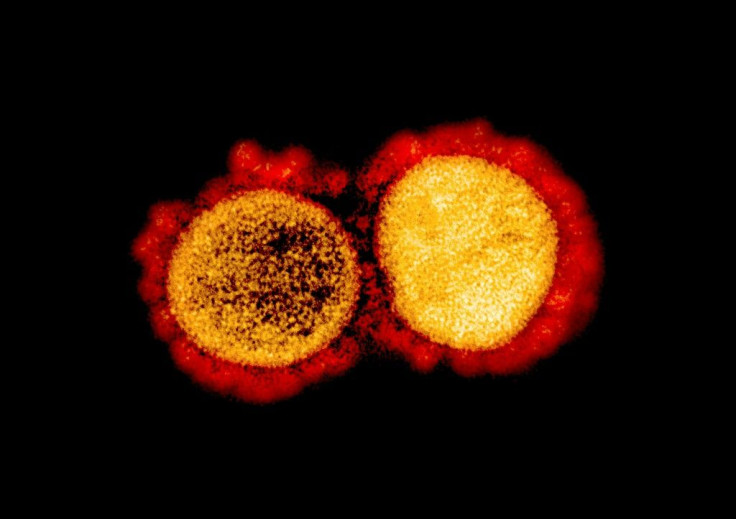BV-1: Scientists Detect New COVID-19 Variant In University Student
KEY POINTS
- Researchers identified a new COVID-19 variant related to the U.K. variant
- It has so far been detected in only one university student
- The student had only mild symptoms, but they lasted for more than two weeks
Scientists have identified a new COVID-19 variant in just one person. Believed to be related to the U.K. variant, it's possible that this new one can cause a longer-lasting infection.
The new variant has been dubbed "BV-1" after the Brazos Valley region where it is believed to have originated, Texas A&M University (Texas A&M) said in a news release. So far, it has been found in only one university student who experienced mild, "cold-like" symptoms that did not progress in severity.
However, the student tested positive on March 5 and again on March 25, suggesting that the variant requires a longer recovery period compared to the two-week time frame usually associated with COVID-19. The student only tested negative for the virus in the third sample collection on April 9.
As earlier mentioned, BV-1 is believed to be related to the U.K. variant that has now become the dominant strain in the U.S. And even if the variant was only detected in one student who presented mild symptoms, the researchers still saw it fit to share the information with the global community.
"We do not at present know the full significance of this variant, but it has a combination of mutations similar to other internationally notifiable variants of concern," Texas A&M Glogal Health Research Complex (GHRC) Chief Virologist, Ben Neuman, said in the university news release. "This variant combines genetic markers separately associated with rapid spread, severe disease and high resistance to neutralizing antibodies."
The GHRC scientists have already submitted a paper on the variant to the Centers for Disease Control and Prevention (CDC) in Atlanta, according to Texas A&M. They have also shared their sequence data with GSAID, which collects such data from different parts of the world.
"Sequencing helps to provide an early warning system for new variants," Neuman said. "Though we may not yet understand the full significance of BV-1, the variant highlights an ongoing need for rigorous surveillance and genomic testing, including among young adults with no symptoms or only mild symptoms."
Viruses normally change through mutation, the CDC explained, noting that some of them may disappear while others may persist. To date, the agency has confirmed five variants of concern (VOC) in the U.S.: the U.K., South Africa, Brazil and two California variants. These particular variants appear to spread more easily and quickly, threatening to overwhelm health care resources.
BV-1 now joins the thousands of other variants scientists across the world have identified, Texas A&M said.

© Copyright IBTimes 2025. All rights reserved.






















